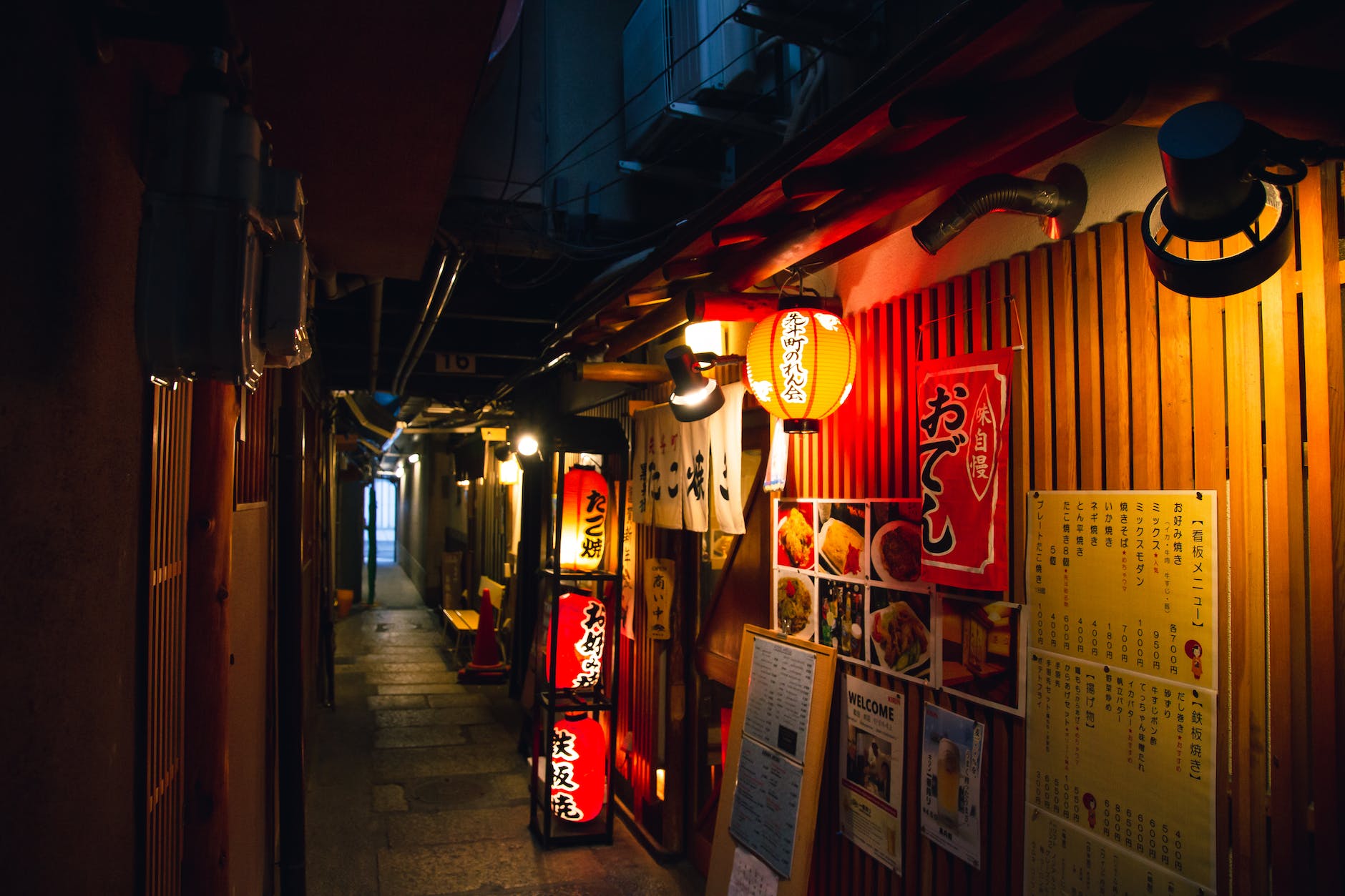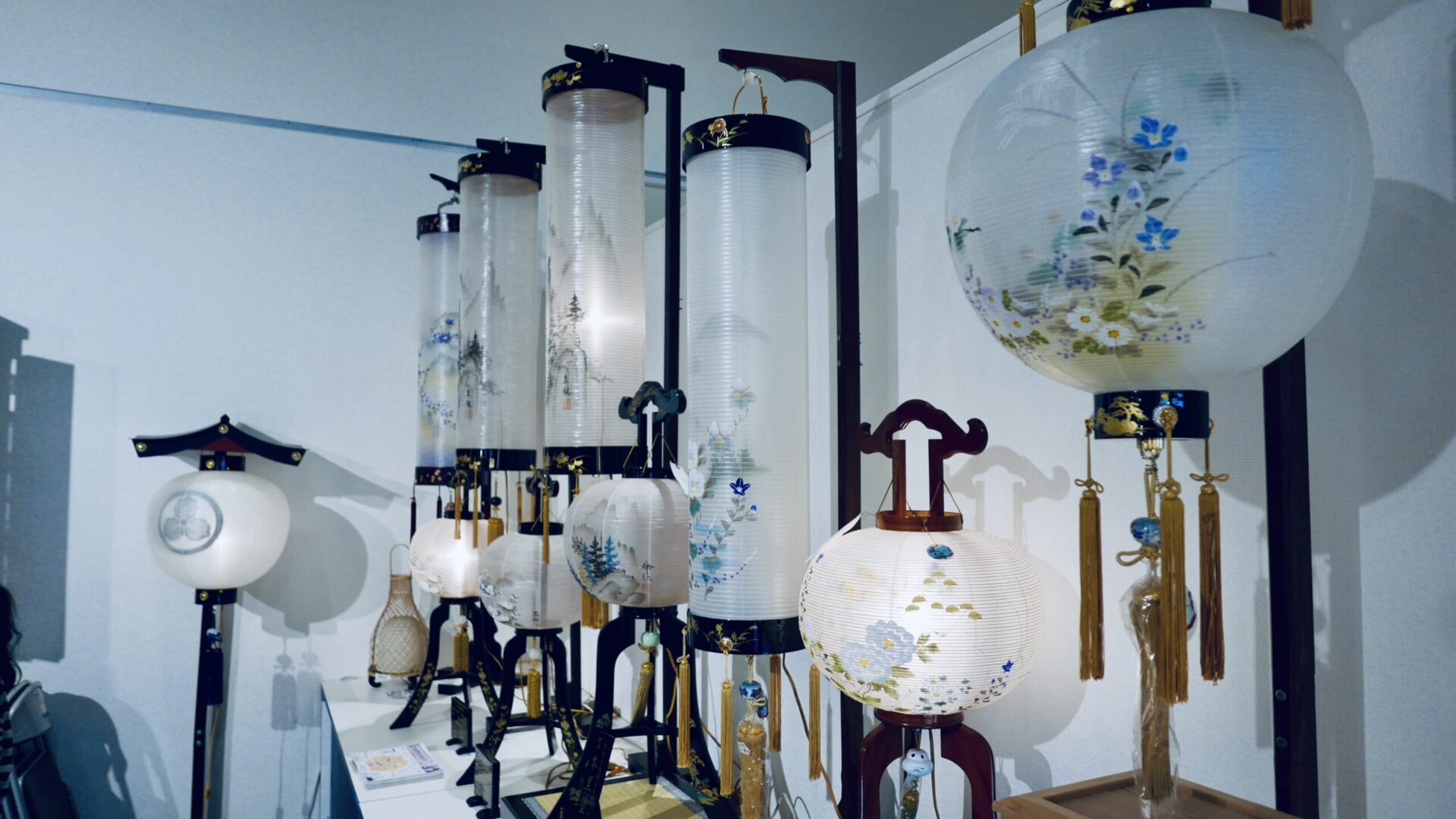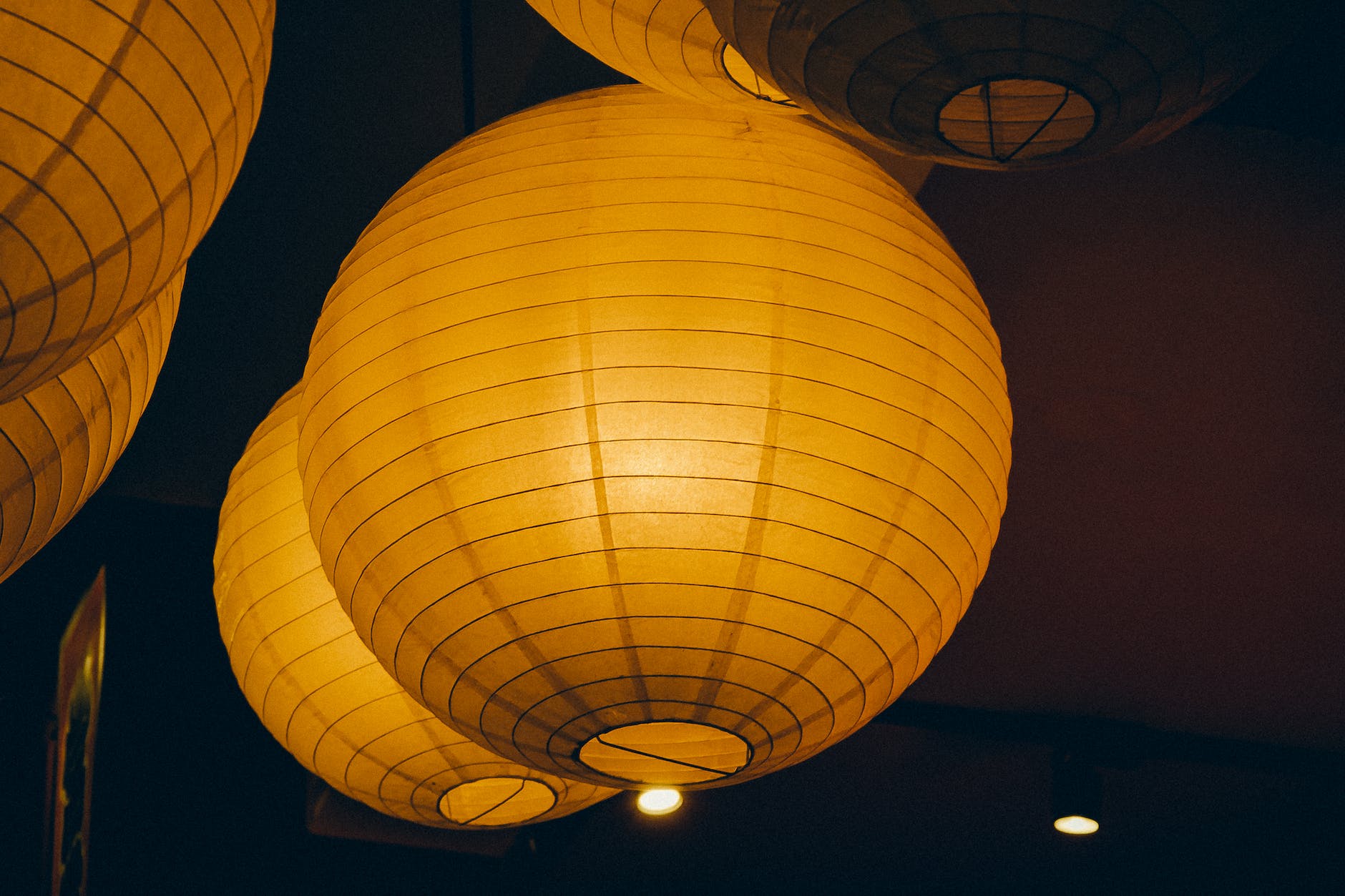Introduction
In Japan, the traditional lantern, or “chochin,” is a staple of both beauty and utility. However, around the world, different cultures boast their unique lighting instruments, each carrying distinct aesthetics and histories. This article explores the cultural significance of Japanese lanterns in comparison to various global lighting artifacts.
Overview of the Japanese Lantern
The Japanese lantern, made from paper or silk and housing a light within, originated in Buddhist ceremonies and later became widespread in civilian use.
Global Lighting Instruments
1. Chinese Lanterns: Used in festivals like the Spring Festival, these lanterns are colorful and artistically crafted.
2. Indian Diyas: Small clay lamps used in Diwali and other celebrations.
3. Moroccan Lanterns: Delicate designs featuring metal and vibrantly colored glass.
4. Nordic Candle Holders: Known for their simplicity and modern design.
Cultural Significance
Each country’s lighting instrument reflects its culture and history. For instance, Chinese lanterns symbolize prosperity and good luck, while Indian diyas represent enlightenment and wealth.
Comparison with Japanese Lanterns
Japanese lanterns symbolize the nation’s traditions and spirit, enhancing community and familial bonds in homes and festivals.
Conclusion
Lighting instruments worldwide serve as mirrors to their respective cultures and traditions. The Japanese lantern is one such example, capable of conveying the allure of Japanese culture to an international audience through its unique beauty and cultural value.
This article aims to showcase the diversity and beu-fade-type-in js-scroll-triggerauty of cultural practices through the comparison of Japanese lanterns with other global lighting instruments.



コメント